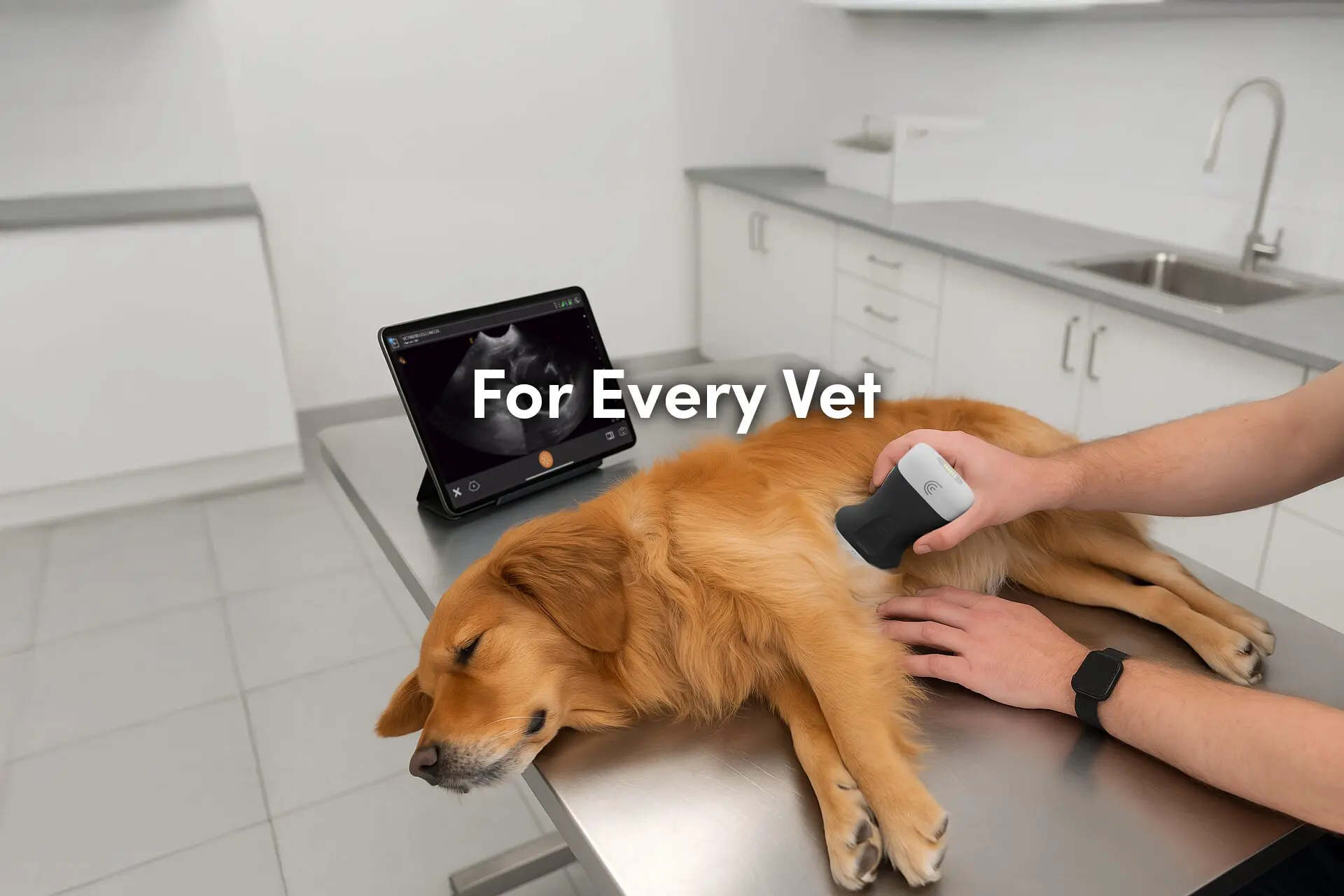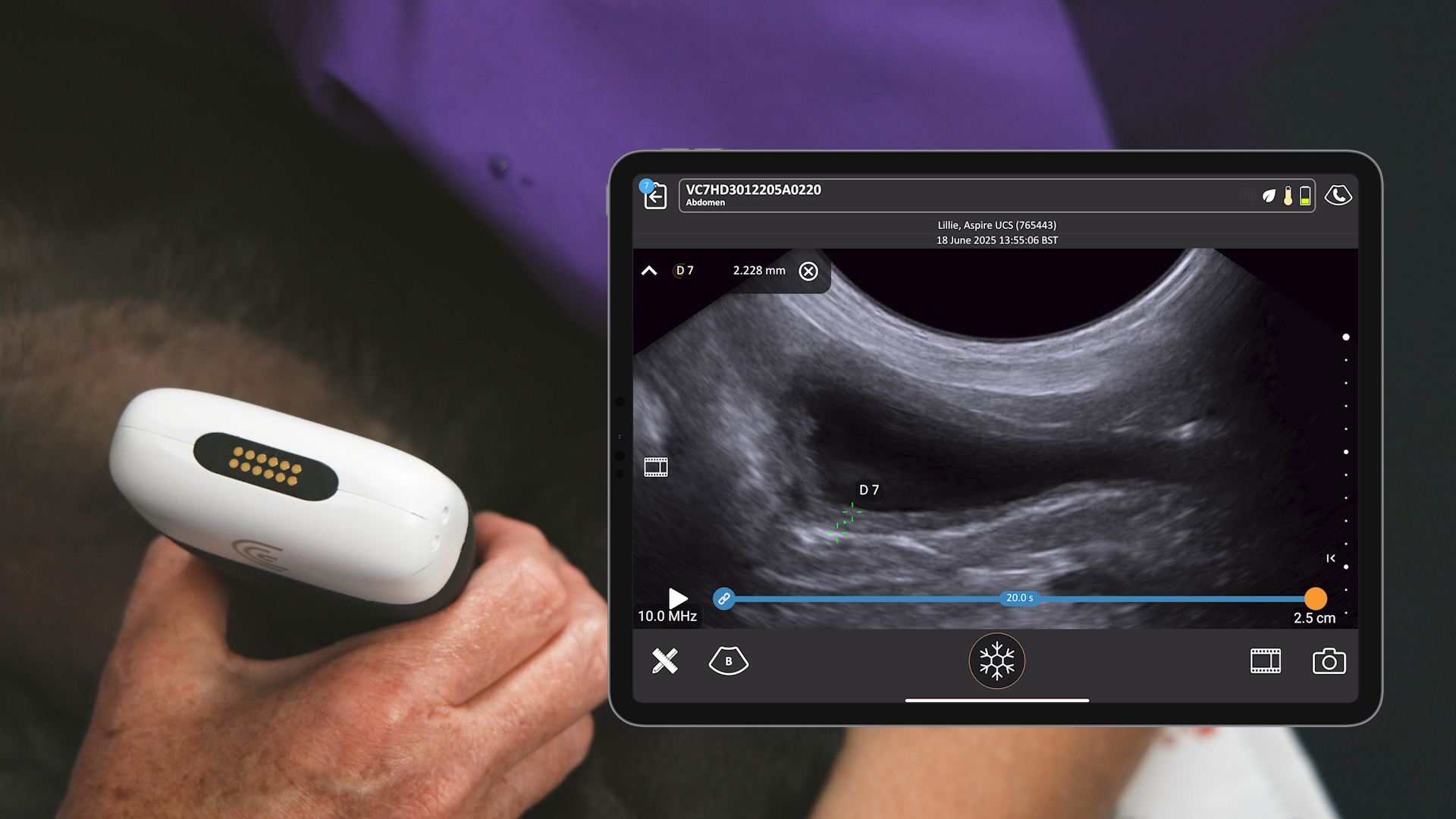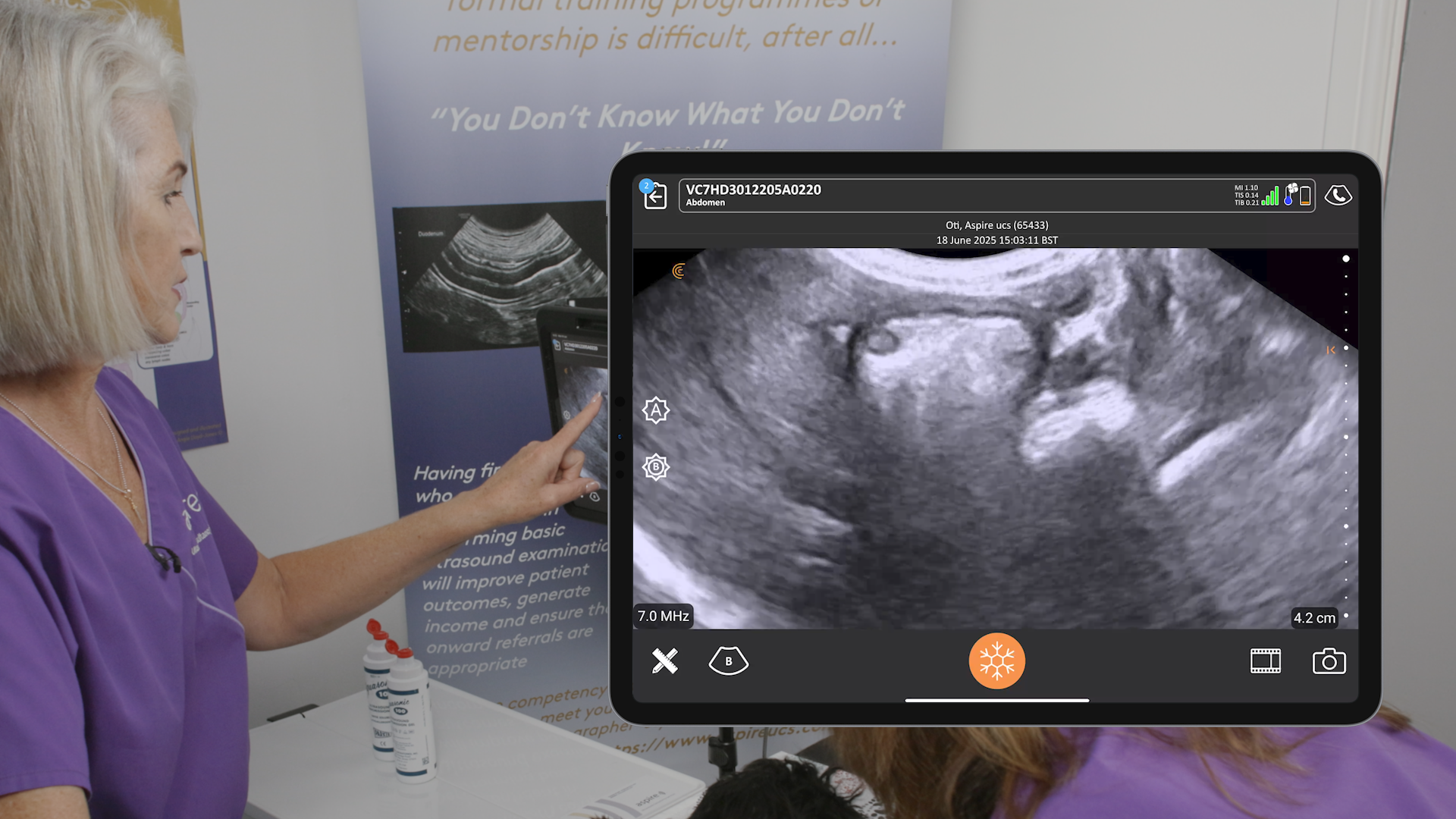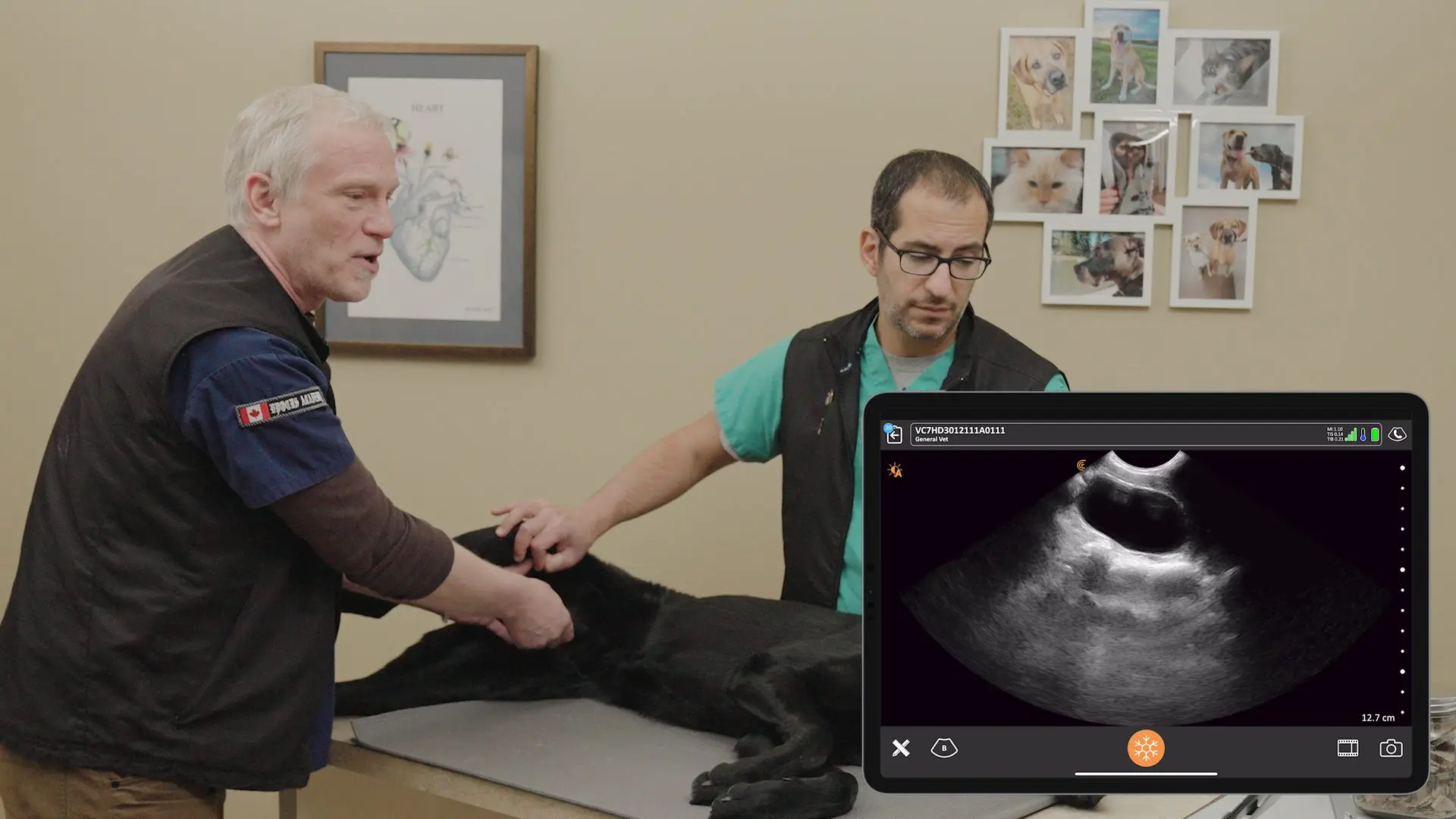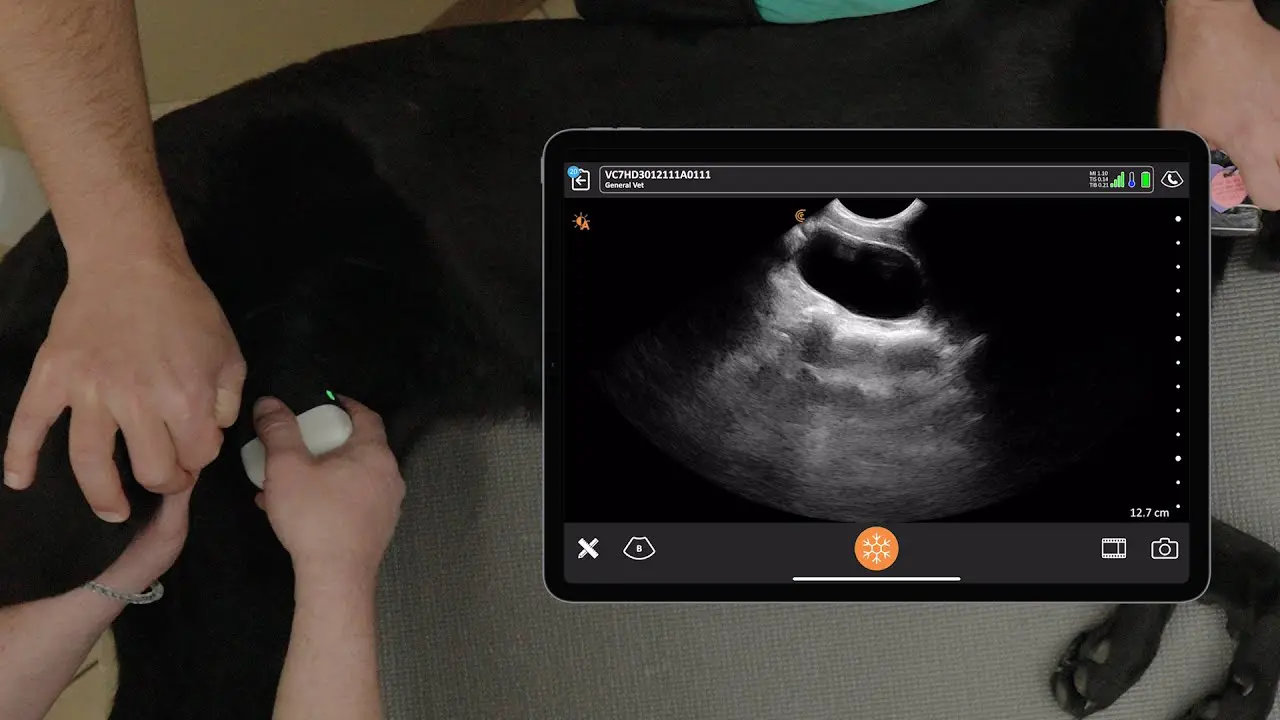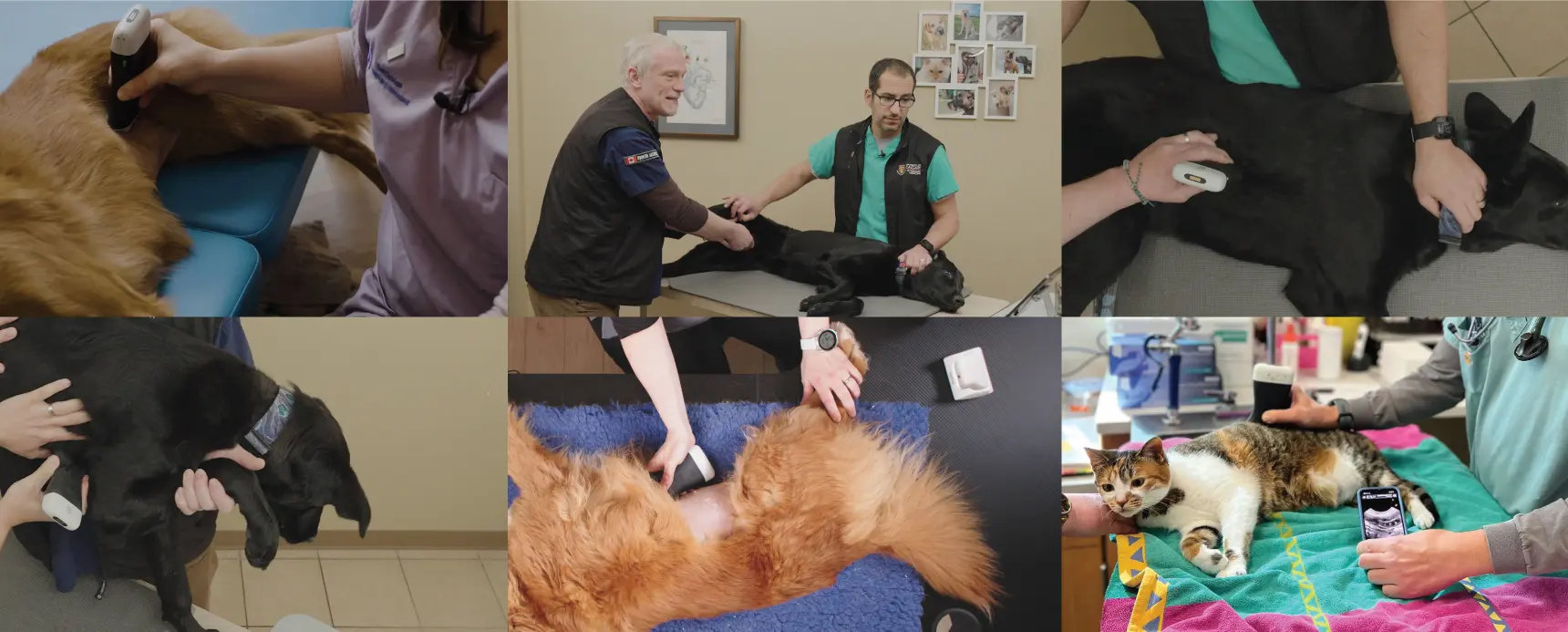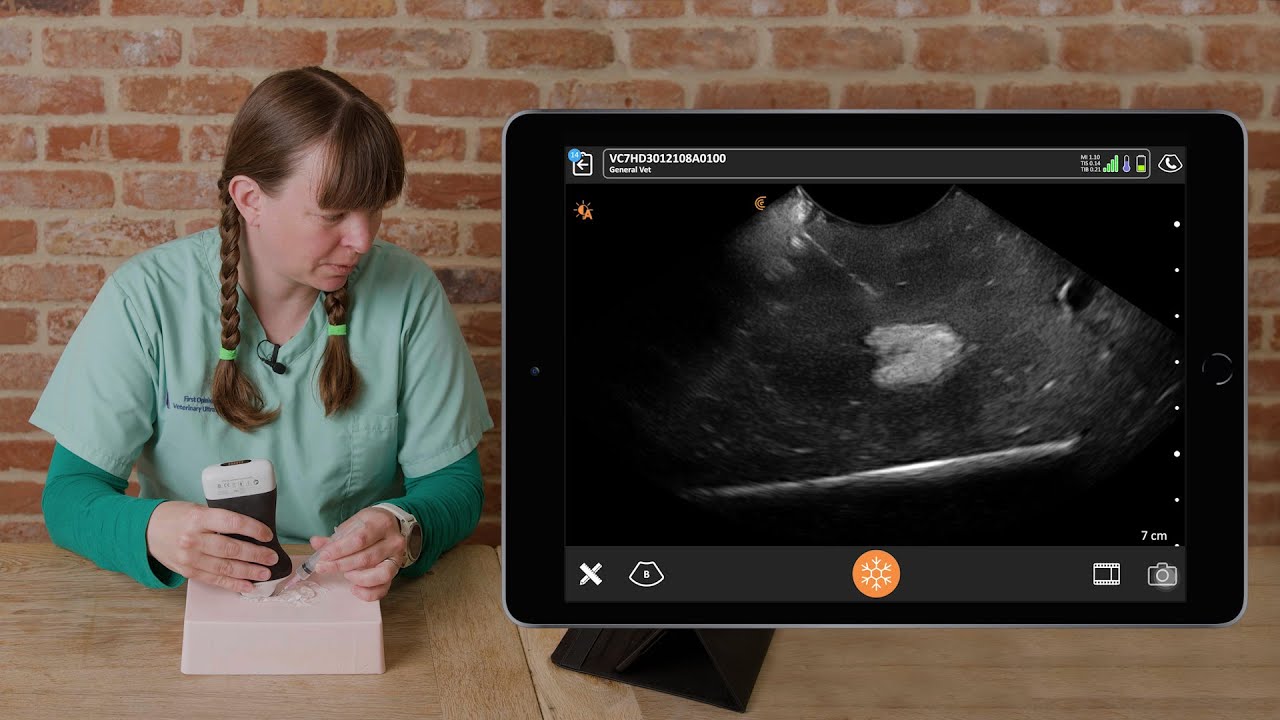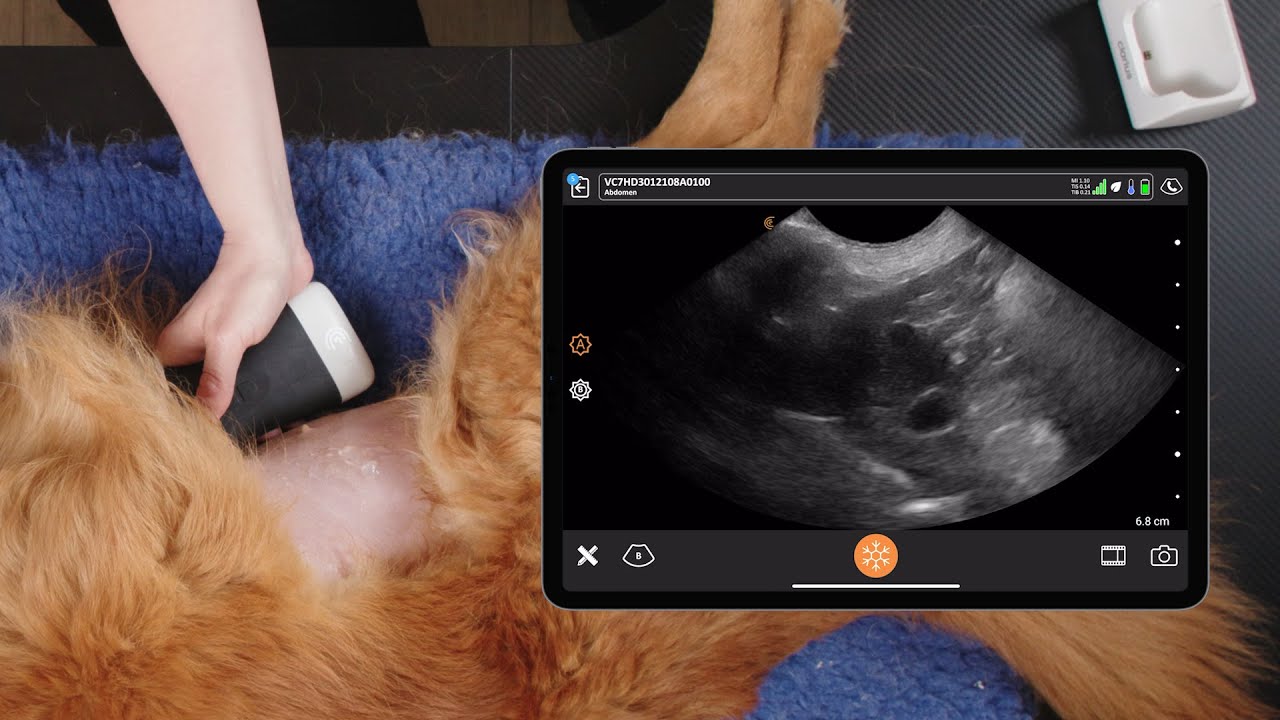As ultrasound systems become more affordable and easier to use, more veterinarians are using ultrasound in their clinics to improve diagnostic accuracy. But a lack of training is still considered a barrier to widespread adoption. To address this need, Clarius regularly engages ultrasound educators to present educational webinars and video tutorials that provide practical tips for common exams.
Dr. Camilla Edwards is one of our favourite instructors. Following are three videos she recently recorded on how to use ultrasound to scan the anatomy of companion animals. These videos are available on our website. You can also access them on the Clarius App, which our novice users find helpful to review prior to a patient exam.
How to Use Ultrasound to Scan the Intestines of a Small Dog
In this 5-minute video, Dr. Camilla Edwards, DVIM, demonstrates her step-by-step process for scanning the intestine using a castle pattern on her dog Pippa. Indications for scanning the intestine include vomiting, diarrhea and abdominal pain. Learn more about diagnosing intestinal pathology in small animals.
How to Use Ultrasound to Scan the Gallbladder of a Small Dog
Dr. Edwards shares her step-by-step procedures to check for stones, sediment sludge and gas in this two-minute video of a canine gallbladder exam. The gallbladder is a fluid-filled organ that stores and concentrates bile received from the hepatic biliary ducts. Learn more diagnosing about spleen pathology.
How to Use Ultrasound to Scan the Spleen on a Small Dog
In this 2-minute video, you’ll see Dr. Edwards scan the head of the spleen, the body and hilus where the blood enters, ending at the tip of the spleen tail. The spleen is an elongated flattened organ. It is located in the left hypogastric region. Learn more about splenic anatomy in small animals.
Have We Piqued Your Interest in Clarius Vet Handheld Ultrasound Scanners?
Handheld ultrasound is making it easier and more affordable for veterinarians to quickly diagnose and treat animals in pain instead of sending patients away for diagnostic imaging. With AI automation and high definition imaging comparable to traditional ultrasound system, Clarius is a popular choice for veterinary ultrasound.
Dr. Edwards used the Clarius C7 microconvex vet scanner in the videos, which is specifically designed for clinical imaging of small and medium-size animals. You can also watch a review by Dr. Edwards of the Clarius C7 HD Vet on her website.
Our range of ultrasound scanners for veterinarians includes the C3 HD Vet convex scanner for large animals, and the L7 HD Vet linear scanner for equine musculoskeletal imaging. On a finance plan, you can purchase a Clarius ultrasound scanner for as little as US$99/month.
For information about adding Clarius handheld ultrasound to your veterinary practice, visit our Clarius veterinary ultrasound page. Or contact us today to discuss which scanner is right for your veterinarian practice.
If you’re interested in alerts for our new Clarius Classroom video tutorials, please subscribe to our Facebook, Twitter, LinkedIn, Instagram or YouTube channel.
